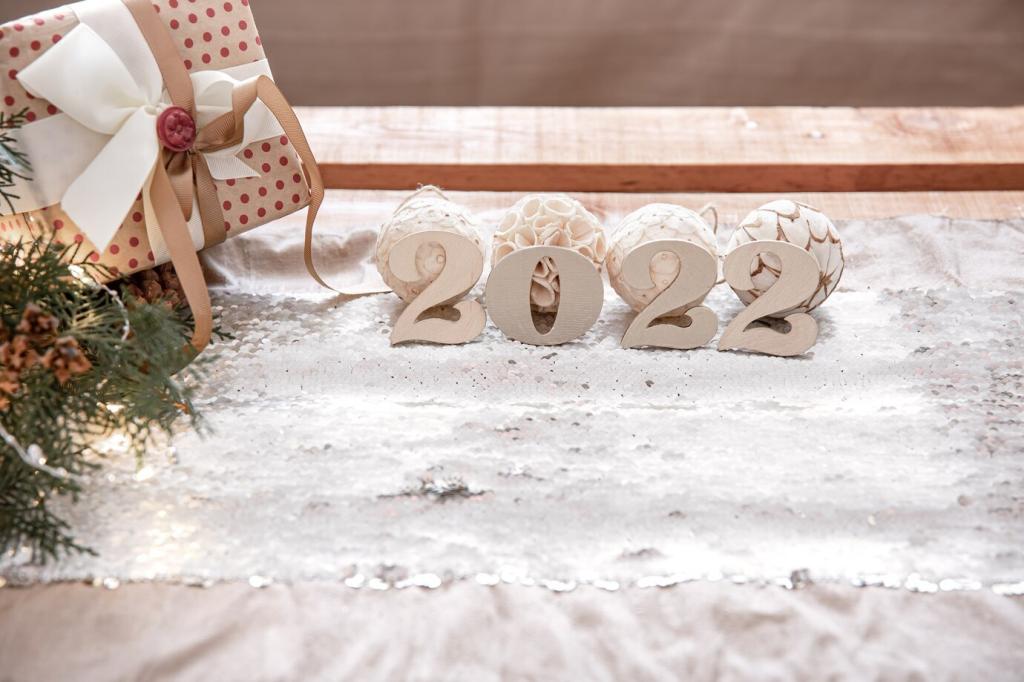Cultural Traditions and Their Influence on Home Decor
Cultural traditions profoundly shape the way we design, decorate, and inhabit our homes. These customs establish a unique sense of identity within our living spaces, blending history, artistry, and daily routines into the very fabric of our homes. Understanding the interplay between tradition and decor allows us to appreciate not just visual styles, but also the meanings and memories quietly embedded in every room. This exploration highlights how customs and heritage continue to influence home aesthetics, from color choices and materials to the placement of furniture and the celebration of special moments. By delving into the cultural roots of home decor, we uncover the ways people around the world create spaces that tell their personal and collective stories.

The Significance of Cultural Heritage in Interior Spaces
Historical Narratives Expressed Through Decor

Color Symbolism in Home Design Traditions

Red in Chinese and Indian Homes

Cool Blues of Mediterranean Style

Earth Tones in Indigenous North American Design
Materials and Techniques Rooted in Tradition
Diwali and the Indian Festival of Lights
Lunar New Year Traditions in East Asia
Christmas Celebrations in European and American Homes
Influences of Migration and Cross-Cultural Exchange
Global Fusion in Urban Homes
Preserving Heritage Abroad
Western Adoption of Global Aesthetics

